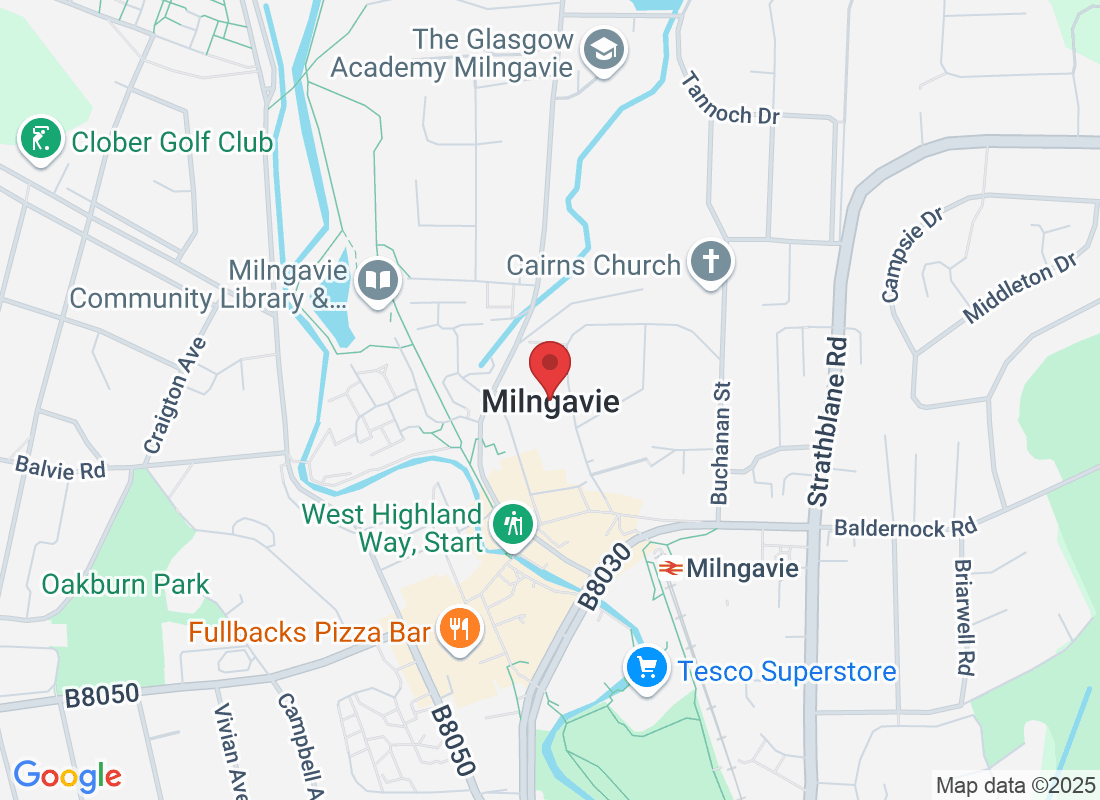
Choking, Coughing, and Thickened Drinks: A Better Approach to Swallowing Problems
Do you cough when drinking water? Feel like food “gets stuck”? Or worry that eating might lead to choking?
If so, you're not alone—and you're not imagining it.
These symptoms may point to a condition called dysphagia, or difficulty swallowing.
For many adults with neurological conditions like Parkinson’s, stroke, multiple sclerosis, or motor neuron disease, swallowing becomes harder and riskier over time. It’s one of the most under-recognised, yet most dangerous problems.
And unfortunately, the first solution many people are given is one they dread: thickened drinks.
But here’s the good news:
There’s a better way.
Understanding Swallowing Problems (Dysphagia)
Swallowing is something we do about 600 times a day—and we don’t even think about it. But when it becomes difficult, it can impact:
Safety: Food or drink entering the airway (aspiration) can lead to choking or pneumonia.
Enjoyment: Meals become stressful or unpleasant.
Independence: You may avoid social situations involving food or need help with eating.
Nutrition: Avoiding certain foods can lead to weight loss or dehydration.
Swallowing issues can show up in small ways at first—coughing with thin fluids, avoiding dry food, or needing extra time to eat. Over time, the risk of aspiration increases. That’s when many people are told to switch to thickened fluids to “make it safer.”
But thickened fluids can be unpleasant, unpalatable, and for many people, lead to drinking less—which increases the risk of dehydration, constipation, and even hospital admission.
So what’s the alternative?
A Better Approach to Dysphagia Therapy
At our clinic, we focus on individualised, evidence-based swallowing therapy that looks beyond “just thicken it.”
Because no two people—and no two swallows—are the same.
Here’s what a better approach looks like:
1. Full Swallowing Assessment
We start with a detailed assessment to understand what’s happening during your swallow. This may include:
Observing how you eat and drink
Identifying foods or textures that cause problems
Checking posture, breathing, and oral muscle control
If needed, we may recommend a videofluoroscopy (X-ray swallow study) or FEES (endoscopic assessment) to get a clearer picture.
2. Tailored Treatment Plan
Instead of a one-size-fits-all “thicken everything” strategy, we explore other options, including:
Safe swallowing techniques (like chin tuck, effortful swallow, or pausing between sips)
Postural adjustments to reduce aspiration risk
Texture modifications that still preserve flavour and enjoyment
Strengthening exercises to improve the swallow over time
We also help you understand why certain changes are recommended—because when you understand the “why,” you’re more empowered to follow through.
3. Realistic Solutions for Real Life
We know you don’t want to drink jelly-like water for the rest of your life. That’s why we:
Work with your goals in mind (like enjoying Sunday roast or wine with friends)
Include family members and carers in training
Help you feel confident eating in public again
Reassess regularly so that your plan evolves as your needs change
What We Often Hear from Clients
“I didn’t know there were other options.”
“I thought I had to give up my favourite meals.”
“I stopped drinking tea because it tasted awful thickened.”
“I was embarrassed to eat with friends.”
If this sounds familiar, know that you’re not alone—and you don’t have to keep struggling.
Speech and language therapy for swallowing issues isn’t about restricting your life. It’s about reclaiming it.
You Deserve to Enjoy Mealtimes Again
Eating and drinking should be safe, satisfying, and social—not a source of stress or fear.
If you or someone you love is struggling with choking, coughing, or has been prescribed thickened drinks, it’s time to get support that goes beyond the basics.
Let’s find a better, more personalised approach—together.



